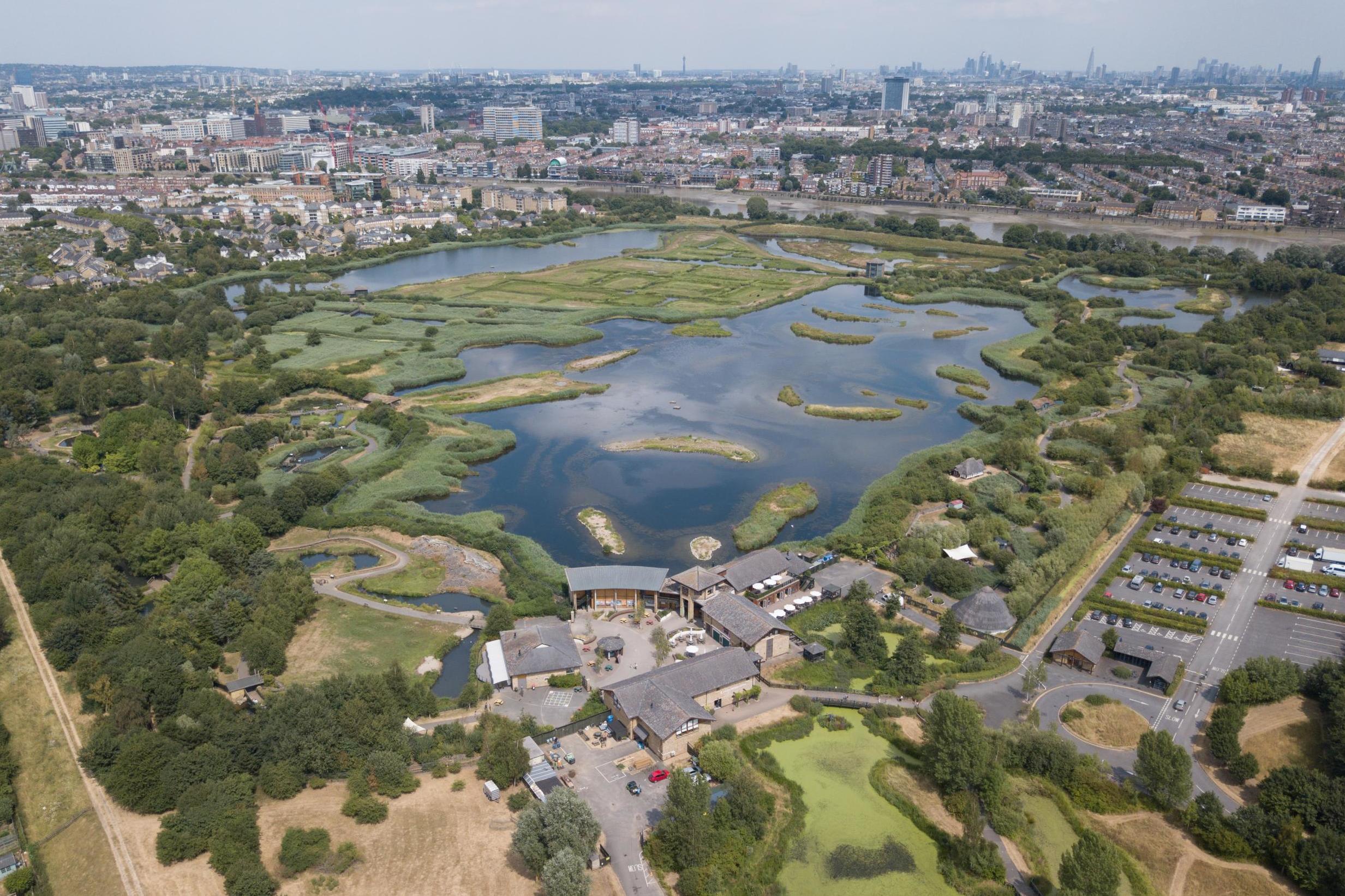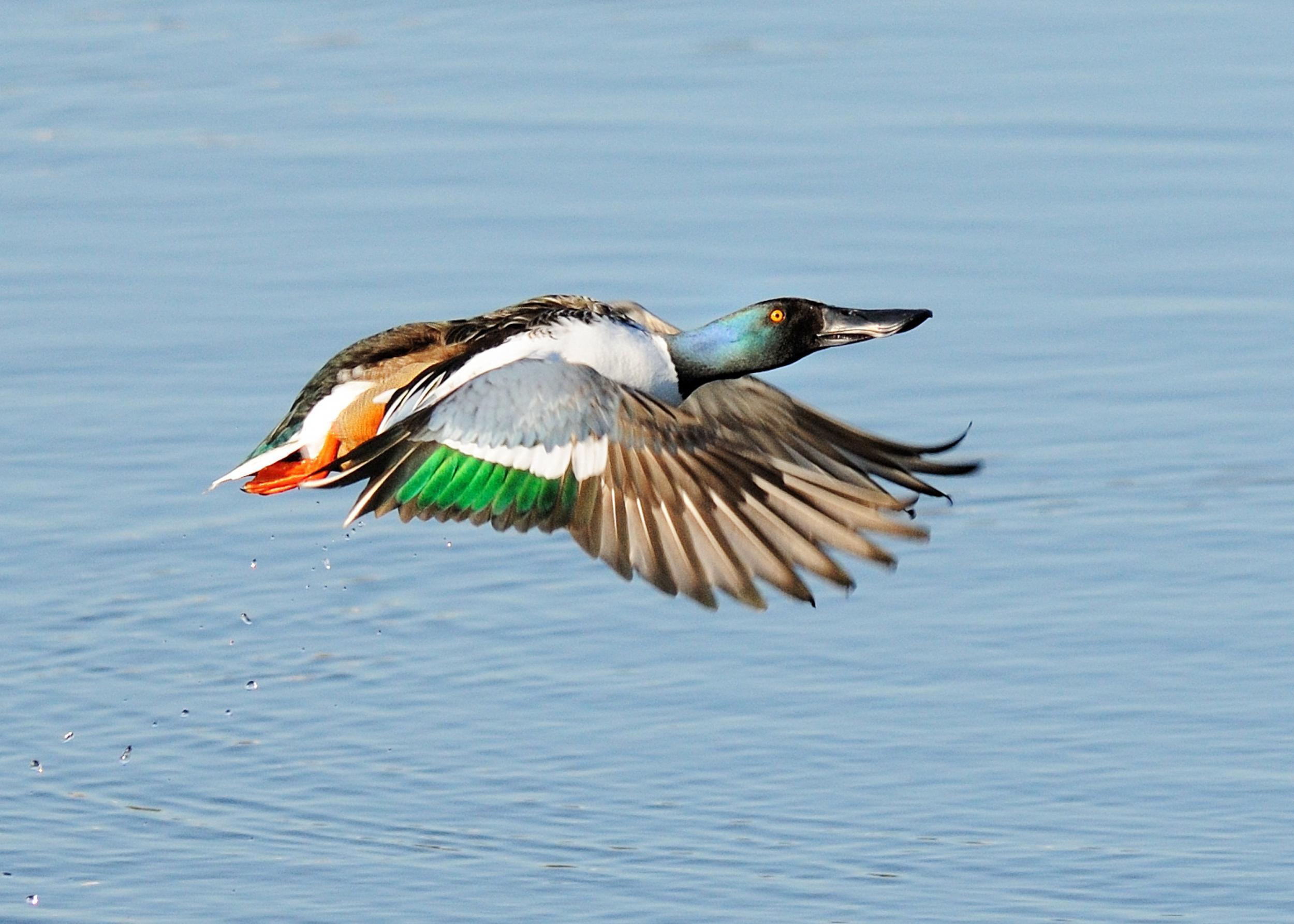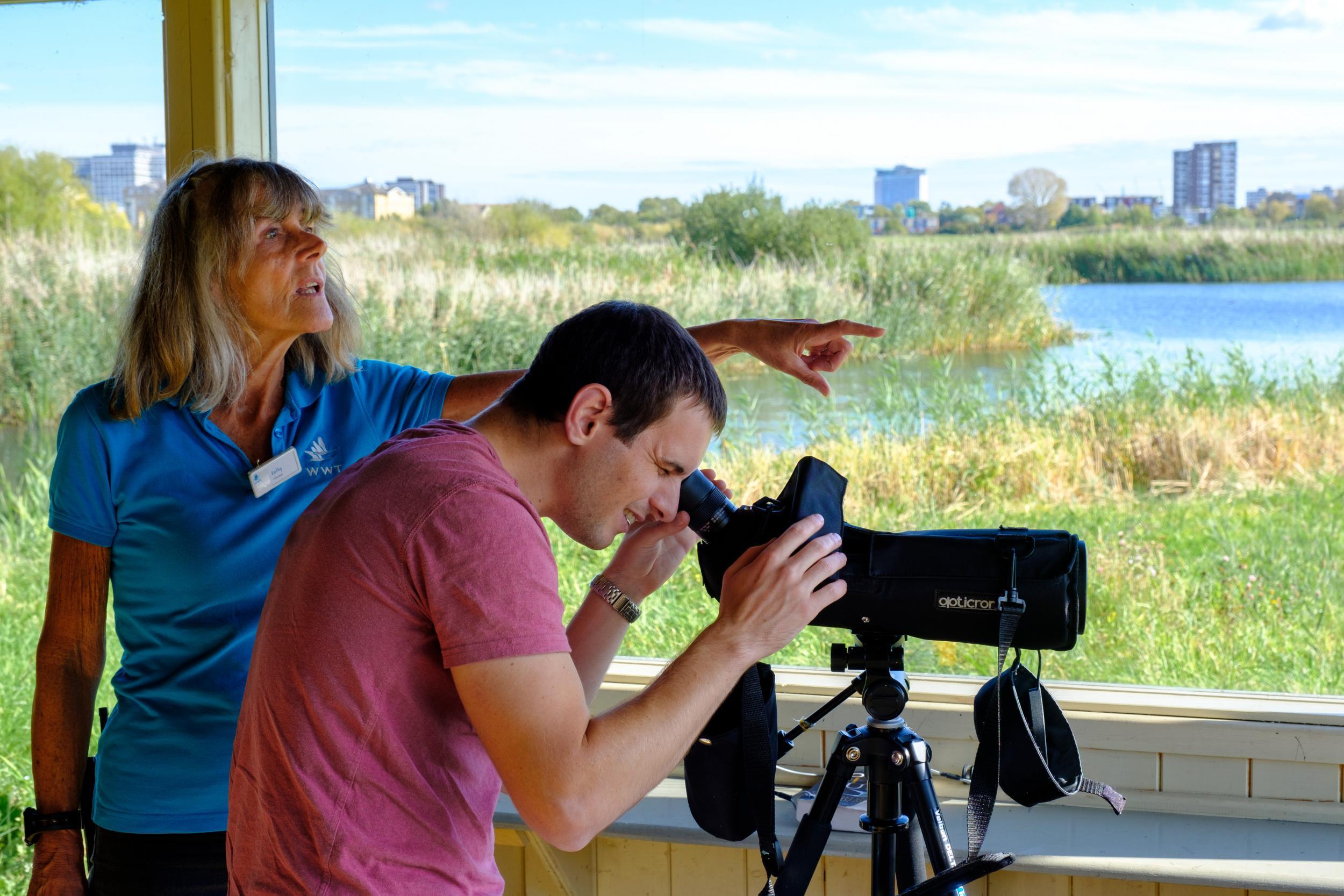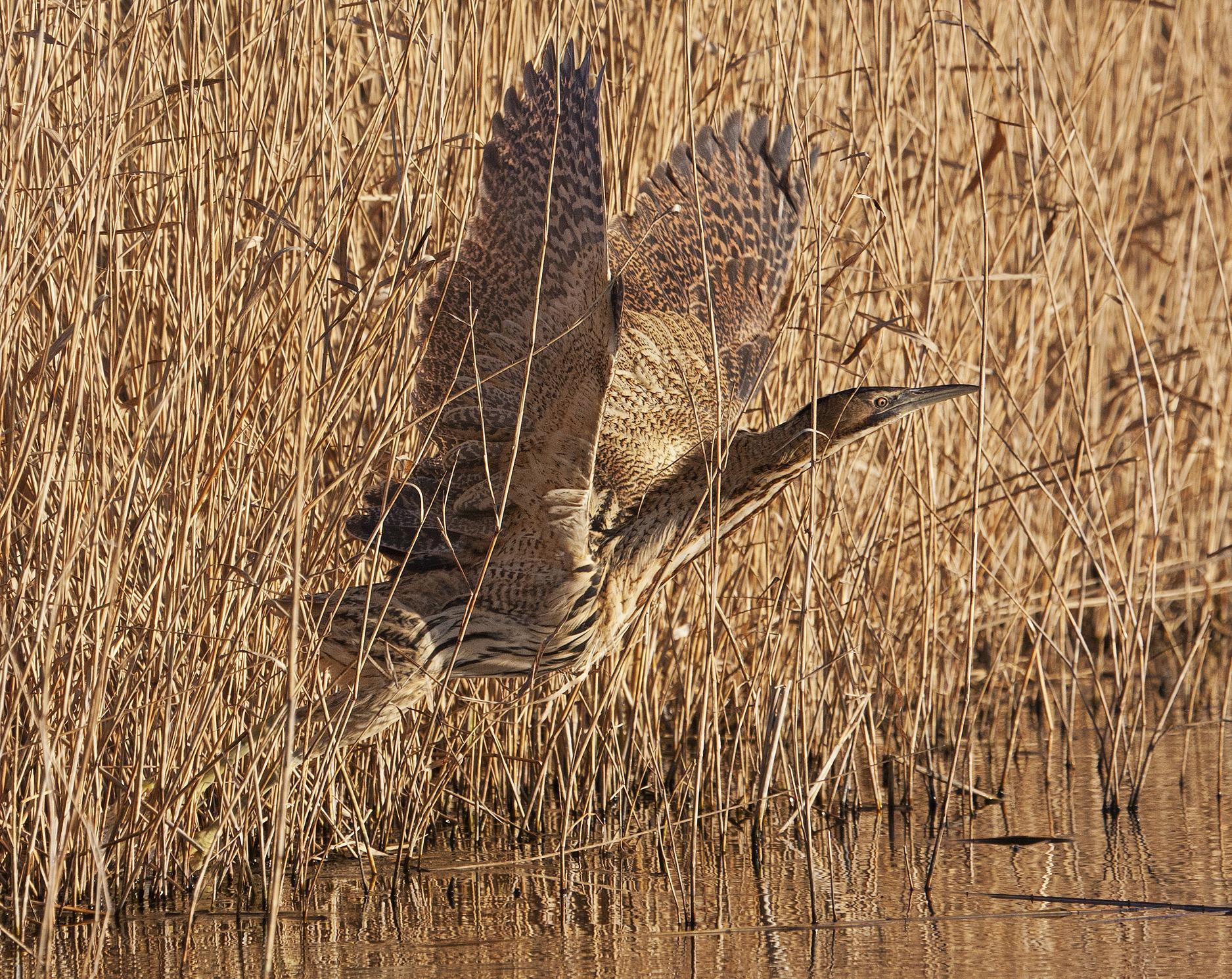How London Wetland Centre is helping wildfowl flourish
Discover the corner of the capital playing host to endangered birdlife in the UK, from wigeon to shoveleer, pochard to the formerly extinct bittern

Think the emblematic pigeon and the cawing crow, the gull that soars high over the river Thames and the quacking mallard waddling in the park are the only birds of London? Think again.
What would you say to discover that at the core of our city there’s wigeon, teal and shoveler? That gadwall, pochard, tufted duck and grebes roam freely, and breed, while the bittern — once extinct in the UK owing to hunting and loss of habitat — can be spotted amid wetland reeds?
All these, and more, may be found at the Wildfowl and Wetlands Trust (WWT) London Wetland Centre — a 105-acre award winning nature reserve, situated 10 minutes from Hammersmith.

A conservation hotbed
Fashioned out of four disused Victorian reservoirs, the centre was opened by Sir David Attenborough in 2000, to provide a safe haven for a wide range of wildlife — from birds to bats, water voles to amphibians — and deliver a slice of the great British countryside to the heart of our concrete capital. Conservation efforts there have already proved enormously successful.
Just two years after it launched, in 2002, the centre was re-notified as a Site of Special Scientific Interest (SSSI) owing to the emergence of an impressive number of wintering shoveler and gadwall.

Kingfishers and kiwi
Now among the open water lakes, grazing marsh, reedbed and scrub, woodland and grassland, more than 160 species of wild bird have been recorded each year; more than 40 pairs of black-headed gulls and sand martins breed there; and in 2016, a pair of kingfishers raised two broods of young.
Already this year, five sparrowhawks have successfully fledged, and there have been sightings of the rare Savi’s warbler and Temminck’s stint. And it’s not just birdlife finding safety in this glorious green sanctuary: Asian short-clawed otters call it home, as do frogs, butterflies and moths, and all-manner of other insects too.

What is so significant about this initiative? It demonstrates the resilience of our planet; what can happen — so quickly — when the landscape is retrieved from human clutches and handed back to nature. And there are other examples of this happening all over the world, too.
In New Zealand, for instance, the endangered kiwi can now roam without fear on predator-free islands — habitats mirroring the landscape before man’s arrival in the 13th century. Designed by charity Kiwis for kiwi, in association with Old Mout Cider, these islands protect the kiwi from the predators originally introduced by man — after all, New Zealand was once a land inhabited almost exclusively by birds.

Initiatives such as predator-free islands and the London Wetland Centre give hope to endangered and rare birdlife. As seen with the bittern’s return to the UK, it is possible to reverse the damage done, if we act fast and we act now. Support the WWT London Wetland Centre by visiting today. And help save the kiwi by signing your name to Old Mout Cider’s campaign.
Protecting the kiwi
In New Zealand, charity Kiwis for kiwi, in association with Old Mout Cider, has created predator-free islands on which to nurture and protect the endangered kiwi. It is an environment mimicking that which existed before the arrival of man; a time when New Zealand was inhabited almost exclusively by birds, and had no mammal predators at all. In the case of this project — and the London Wetland Centre — it’s about going back to nature to move forward.
Join Old Mout Cider in the fight to help save the kiwi by signing up to the campaign.
Take the quiz: What endangered animal are you?
